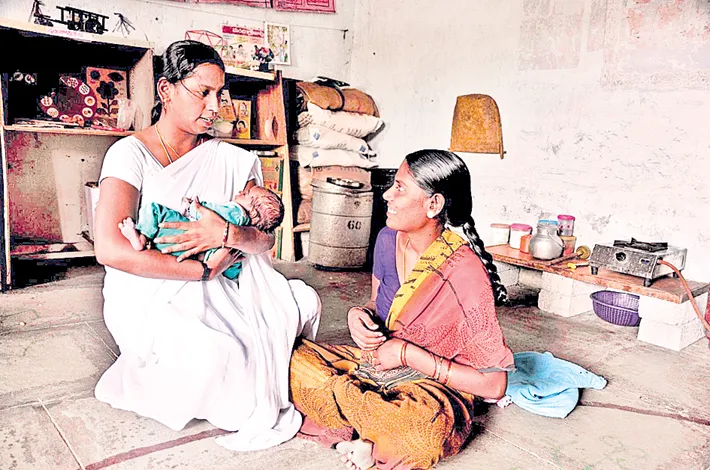Andhra Pradesh’s C-Section rate soars to 56 percentage
27-07-2025 12:00:00 AM

Initiative to boost natural child birth
- State Health Minister Satyakumar Yadav has announced a new initiative to boost natural childbirth through the deployment of professionally trained midwives. The government plans to train and appoint 1,264 certified midwives across 86 public hospitals, each performing between 600 and 6,000 deliveries annually.
- The intensive 18-month program will cost Rs.2.5 lakh per nurse.
Under the knife
- 67.71% of all deliveries in private hospitals are now surgical
- 41.40% in public healthcare institutions
- Telangana at 60.7%
- Most other Indian states below 50%
Metro India News | AMARAVATI
Andhra Pradesh is witnessing a troubling surge in caesarean deliveries, with the latest health department data showing the C-section rate has climbed to 56.12% in 2024-25, a dramatic rise from 42.4% reported in the National Family Health Survey-5 (2019-21). This increase places the state far above the World Health Organization’s advised ceiling of 15%, raising red flags about the quality and ethics of maternal care.
The rise underscores a deepening crisis, particularly within the private healthcare sector. As per the recent figures, 67.71% of all deliveries in private hospitals are now surgical, compared to 41.40% in public healthcare institutions, a stark 26 percentage point disparity. The data points to a growing dependence on surgical births, many of which may be medically unwarranted. Even during the NFHS-5 period, Andhra Pradesh’s rate was already among the highest in the country, second only to Telangana at 60.7%, while most other Indian states reported rates well below the 50% threshold.
Earlier, according to NFHS-5, of the 42.4% C-sections in Andhra Pradesh, 27.7% were scheduled while 14.7% were emergency procedures, suggesting a significant portion of surgeries may have been elective and potentially avoidable. Minister Yadav has also directed that the initiative be expanded to cover tribal and rural regions, ensuring that even remote Primary Health Centres have access to trained birth attendants.








